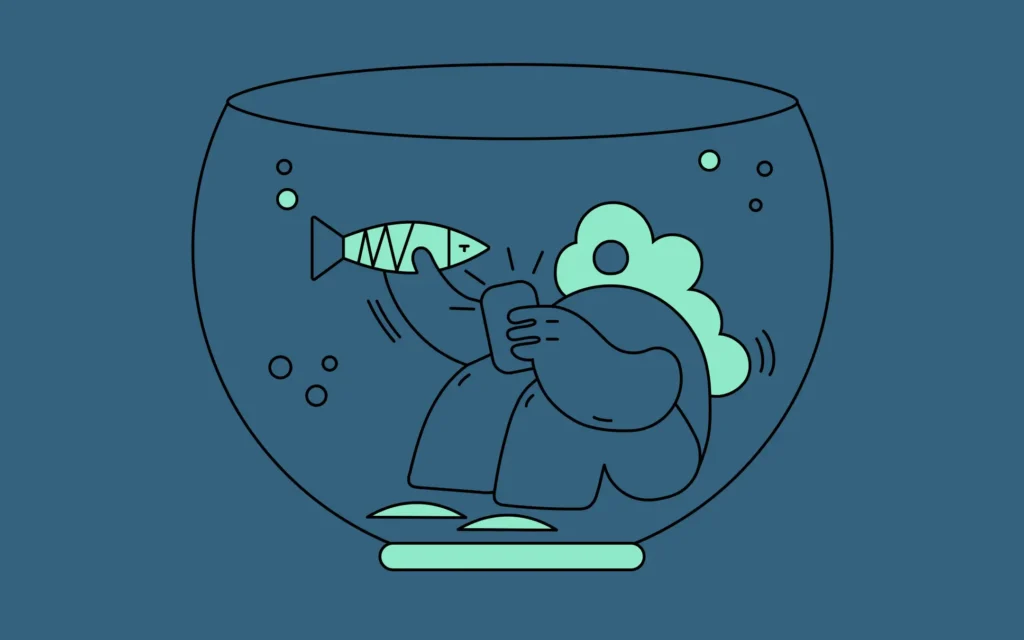Resonant Experiences and Authentic Stories: What Does Brand Journalism Mean in a World of Sponsored Content?
Resonant Experiences and Authentic Stories: What Does Brand Journalism Mean in a World of Sponsored Content?

Brand Journalism
As a Writer at Emotive Brand, Chris Ames comes to EB with a creative background in fiction, journalism, illustration, and bookselling. When approaching storytelling for companies, he strives to eschew some of the pitfalls of traditional branding – stale scripts, hired actors, stock photography – and instead employ a journalistic technique to create a more resonant, human experience.
In this post, he offers his thoughts on the power and inherent risks of authentic storytelling in the brave new world of sponsored content.
What is “brand journalism” exactly and why do you feel like it’s important?
Over the last decade, newspapers and legacy media outlets have been completely transformed by the new digital landscape, leaving many journalists, photo editors, and reporters out of work. A lot of what brands are currently seeking – authenticity, beautiful visuals, a cohesive narrative – are what photojournalists have been doing forever.
Often, the answer to a company’s branding problem can be found with that on-the-ground journalism style: going out into the field, connecting with real people to uncover real insights, making human connections, and finding a way to share those meaningful experiences with others.
Why do you think more brands aren’t adopting brand journalism as a style?
When you’re working with a real person, you can’t guarantee the results – but to me, authenticity is always worth the risk. If I write you a script, you know exactly what you’re going to get. Even the most loyal, on-brand customer could hypothetically throw you a curveball. Still, in embracing that unpredictability, the payoff is impactful and emotional storytelling with real world results.
So what makes a story authentic to you?
Authenticity is very tricky, and it’s almost defined by what it’s not. There are little tells, like trying to use stock photography and hired actors to establish a hypothetical brand presence. I find that journalists are incredibly sensitive not only in how to tell a story, but in considering who gets to tell it.
Nowadays, brands – regardless of their positioning – feel the need to weigh in on every social event to stay relevant. You end up with a massive soda company somehow justifying the need to comment on the Black Lives Matter movement. It’s not enough to tell a good story, that story must be aligned with the story of your brand.
So what’s the difference between a story and a sponsored story?
For me, the key is to accept the fact that money and art have a long, fraught relationship, and if you’re transparent with your motivations, there’s no reason why a story cannot be both branded and compelling. Most readers have a fantastic BS detector, and nothing is worse than emotionally connecting with a story only to have the rug pulled out from under you and discover it was a ploy to sell you something.
It’s complicated: ads are something we block, but stories are something we seek. The sweet spot is finding a way to make the brand the vehicle by which the human story is told. If you operate with a good moral backbone, there’s a way to say something true to a brand that’s also true to the bizarre and wonderful experience of being a person in the world.
How does your creative background influence your approach to brand writing?
All my favorite books are ones that don’t exactly look like books: stories told in fragments, in lists, in the form of a multiple-choice answer sheet. If you’re a brand right now, especially in the era of social media where language is so elastic, I’d just say don’t be afraid to experiment. Get weird, take risks, mess things up. And if you’re out of ideas, nothing beats authenticity.
Emotive Brand is a brand strategy and design agency.






